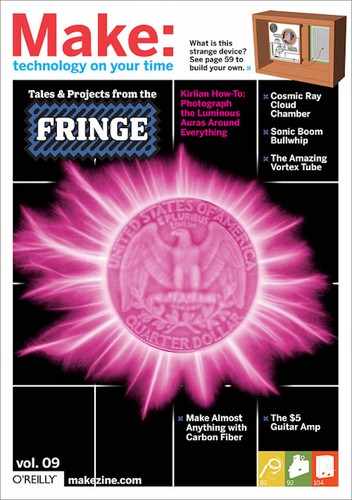News From the Future
PERVASIVE PUBLISHING
PETER BRANTLEY, OF THE CALIFORNIA Digital Library, has written a fascinating meditation on the future of publishing (xrl.us/brantley):
Books are artifacts — loved, endearing, effective in their form. They will endure. But they and other media will be consumed in a wide range of environments, more or less virtual, more or less complex, more or less multimedia. It is all of a degree.
It is not, therefore, whether the reading experience will be textual or richly media immersive. All the world will be a skein of media, linked and interacting, flowing and increasingly seamless. There will be text, but text embedded within other environments, available to and linking to a rich cornucopia of information, amusement, and education.
Brantley nominated Second Life as a candidate for both the platform, and the channel for media in the future. Much as I like SL, I’m not sure that’s right. Second Life as currently constituted is a pale shadow of what is to come. What I took away from Peter’s post was the idea of Second Life as a metaphor for pervasive publishing. We already live in Second Life; we just haven’t recognized it yet.
As the poet Wallace Stevens said, “It is not in the premise that reality is a solid.” Reality is always a dialogue between the world and the mind, what we see and what we make of it. Stored ideas and images are used to filter and enrich the stuff of everyday experience. A baby spends its first years building a map of the world; an active, thoughtful reader continues that process while a passive media recipient lets others do the mapping. Ideas and images are tools we think with. Mastery of these tools makes the difference between creativity and mere consumption.
Books (and in fact, all media, including commercial media like advertising) have always provided “a context in which other people can think,” as Edwin Schlossberg famously said, but what is different today is the pervasiveness of that media.
Think back to the days before Google and Wikipedia, when a gap in your knowledge was not so easily filled, and now roll forward, to imagine a world where the ability to check facts, to add background, and to share the experience with others, is truly ubiquitous. We can look forward to a future in which information retrieval about the things we encounter in our daily lives, and contextual advertising to go with it, is not limited to text on a screen, but becomes a component of audio and video overlays on our perceptual field.
In the past, the dialogue between mind and matter was carried out in the imagination. But increasingly, it will happen as part of our daily experience, mediated by technology. We will need to find new ways of engaging, new ways of being active rather than passive, or our thinking will be done for us.
And that brings us back to Second Life. What is important about Second Life is not just its immersive quality. It’s the fact that its members are active participants in creating it. They are makers, not consumers. That’s what is also important about the World Wide Web, Wikipedia, YouTube, and Flickr.
Stevens talked about this idea, too. He wrote about reality as “the supreme fiction,” and foresaw a future in which we sought not “truth” but rather aesthetic visions that would form a new shared reality.
The future of media is the future of thinking, the future of the shared imaginings that we call culture, and science, and religion. How we communicate, and what we communicate, are inseparable. What does not change is the imperative to engage, to imagine, and to remake what we are given into something new that we can share.
Check makezine.com/09/nff for links to related stories.
Tim O’Reilly (tim.oreilly.com) is founder and CEO of O’Reilly Media, Inc. See what’s on the O’Reilly Radar at radar.oreilly.com.
